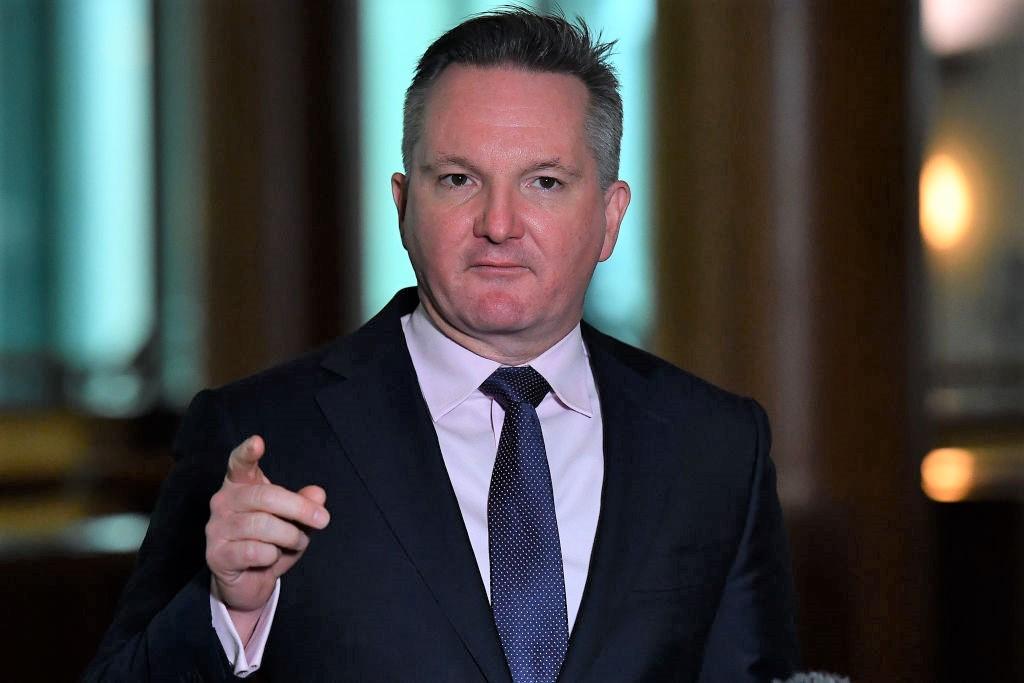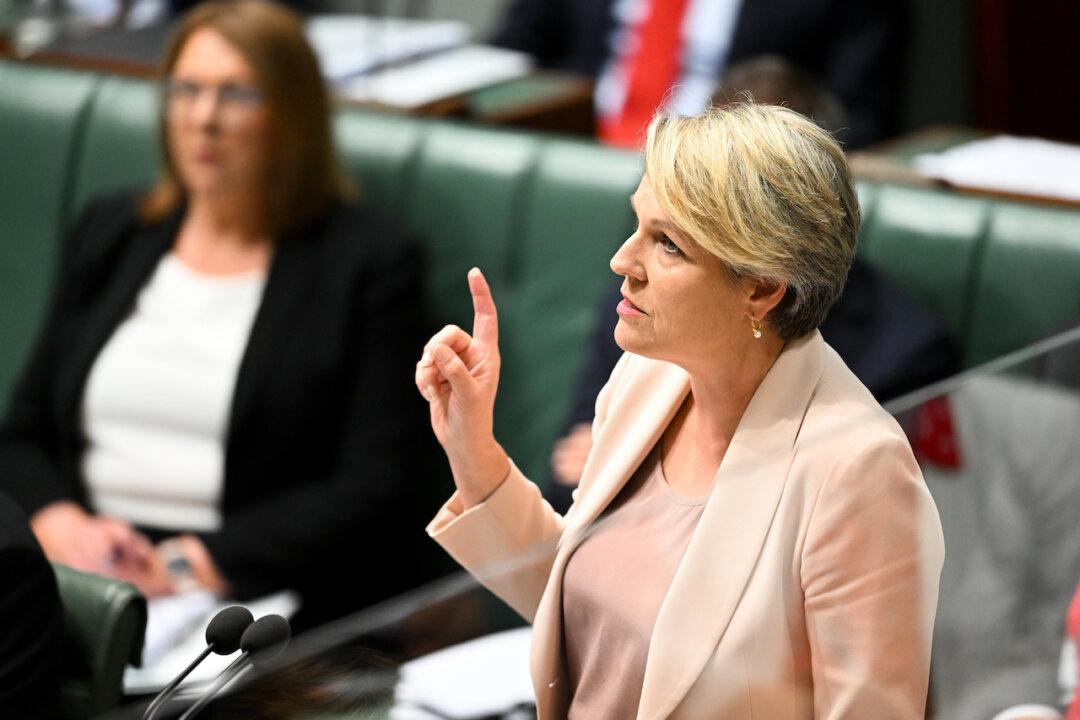The federal minister for climate change and energy, Chris Bowen, has indicated the Australian government will be looking to the states to lower energy prices at the meeting with energy ministers in Canberra on Thursday.
This comes as the federal government seeks to address the current skyrocketing price of electricity and gas, which has been predicted to worsen in the coming months by the Treasury Department with forecasted price rises of up to 56 percent.




